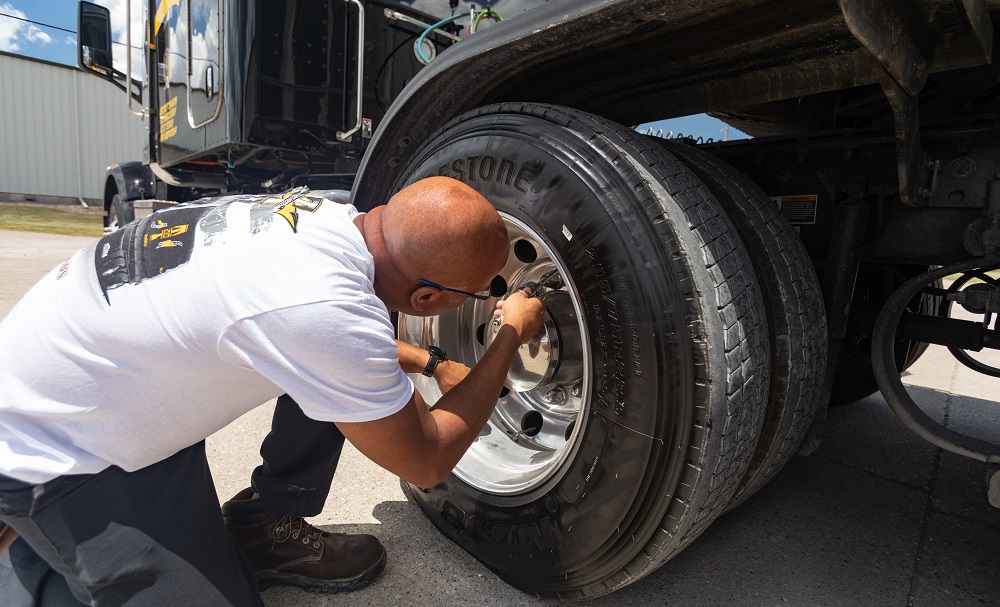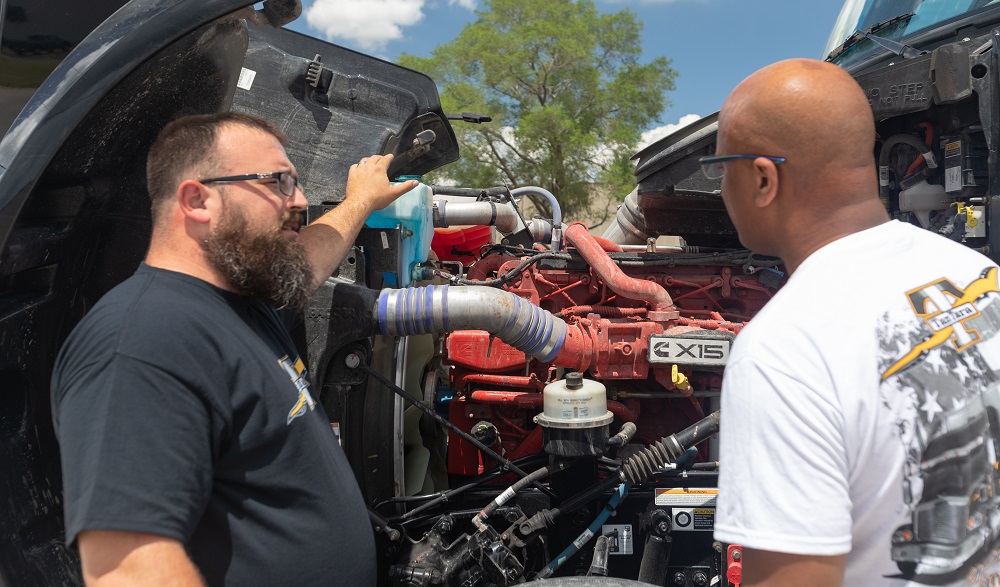As a truck driver, it’s vital to ensure that your vehicle is in good condition before hitting the road. One way to do this is by performing a pre-trip inspection. A pre-trip inspection is a routine check-up that truck drivers carry out to ensure that their vehicle is safe and roadworthy. It helps identify potential issues before they become major problems, reducing the risk of accidents and breakdowns. This pre-trip inspection checklist will keep truck drivers on the road and get them home safe.
Safety is key here at TanTara, so we recognize the benefit of doing inspections. However, the FMCSA mandates the recording of at least one inspection per day. Making sure these pre-trip inspections are completed is crucial to succeeding in the industry. Below are some routine inspection items to have on your list.
Pre-Trip Inspection Checklist
1. Emergency Kit
Be sure you have the necessary emergency equipment on board and in working order. This includes road flares, triangles, and a fire extinguisher that is up to date on inspection. Having these things in case of an accident or mechanical issue can make the difference keeping yourself and others safe.
2. Brakes
Making sure your brakes are working correctly before you hit the road can prevent issues coming to a stop or while already being stopped. Check to make sure the brakes and parking brake are responsive and not having issues before rolling.
3. Loose Cargo
Keeping your cargo tied down tight can prevent the truck from losing control, as well as leaving the truck and causing an accident or injury to other people. Properly check and secure your cargo before departure.
4. Heat & A/C
If the heating or air conditioning is not working in the truck, conditions for the driver can deteriorate making it hard for the driver to stay focused. They can also become stressed or fatigued in extreme conditions making them unsafe for the road.
5. Tire Pressure
For every 10 degrees (F) of difference in air temperature can mean a change of 1 psi in a tire. If a tire has too low or high of psi, it can become unsafe or affect gas mileage.
6. Tread Depth
When tires become worn out, they no longer provide the grip needed for wet/icy conditions. The risk of hydroplaning or slide increases the more worn out the tires are.
7. Windshield
If a windshield is chipped or cracked, it can no longer provide the visibility it needs to making it a safety risk to the driver and others on the road.
8. Lights
Headlights, brake lights, hazard lights, and turn signals should all be in working condition before a trip.
9. Mirrors
A mirror that is improperly positioned creates a risk if it does not cover blind spots. Angle mirrors correctly and make sure they are not cracked, frozen or loose.
10. Wipers
Worn out or inoperable wipers pose a safety risk when visibility is impaired in rain or snow.
For any questions concerning truck driver safety, or about our safety programs and policies, please contact our Safety Director, David Riggan.